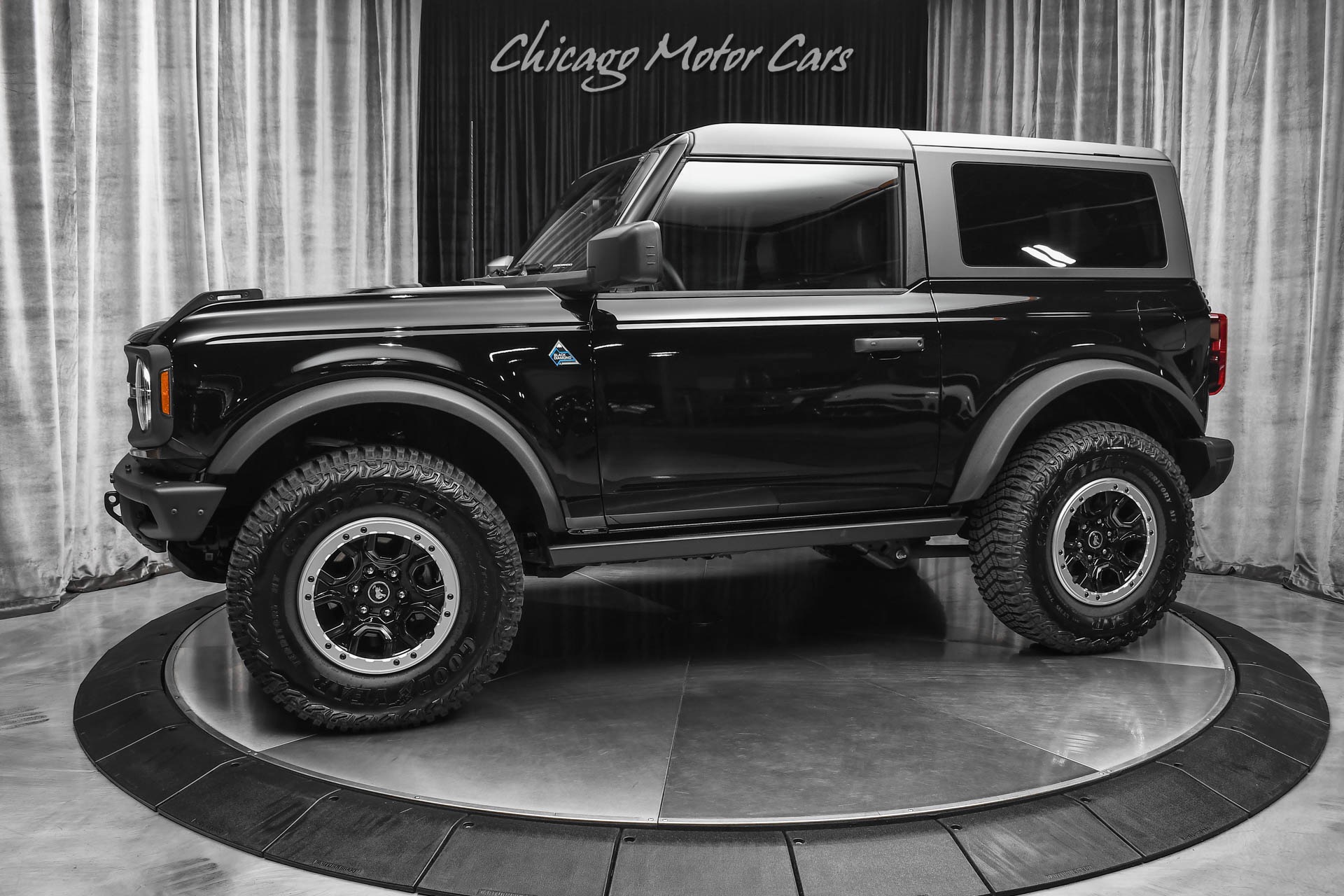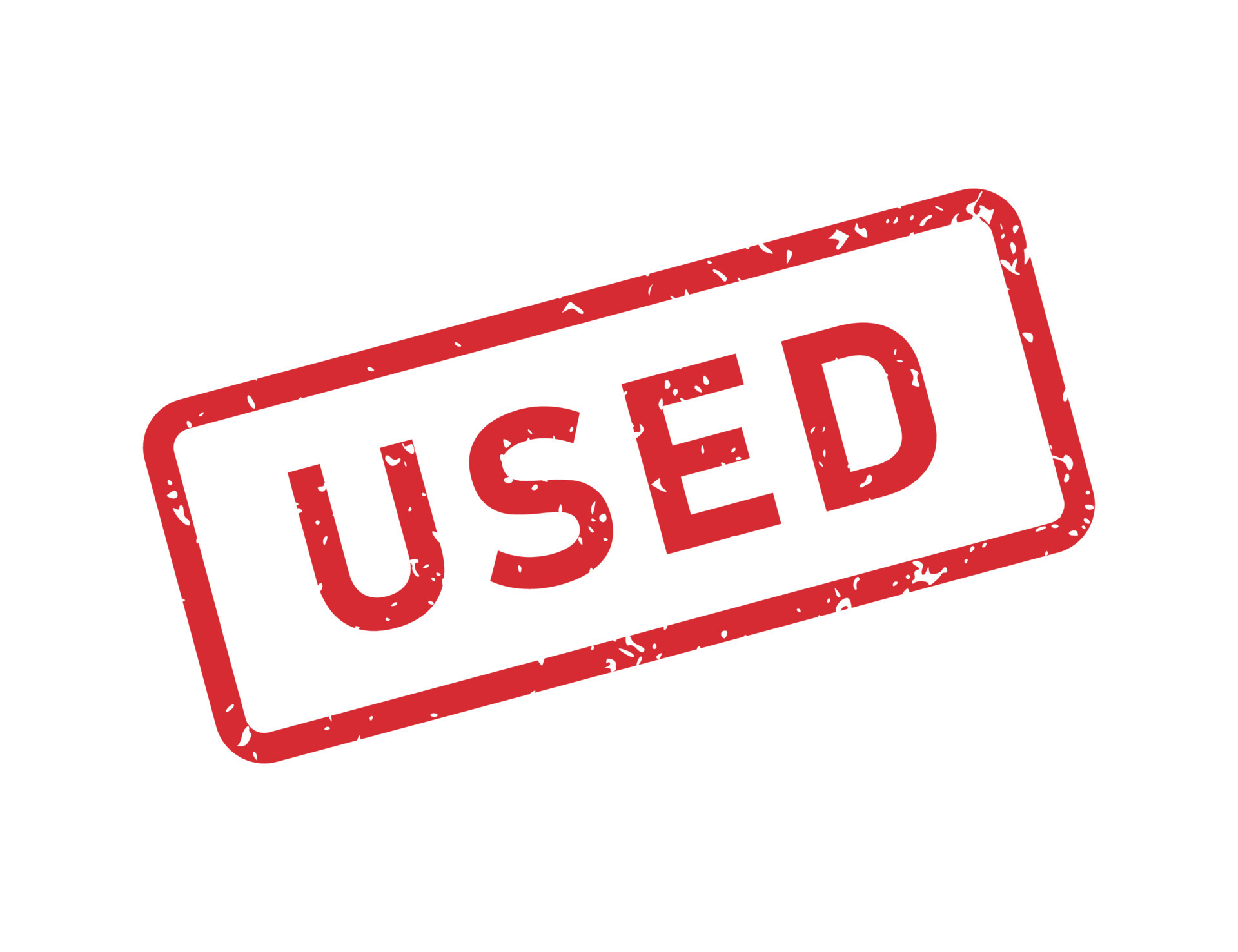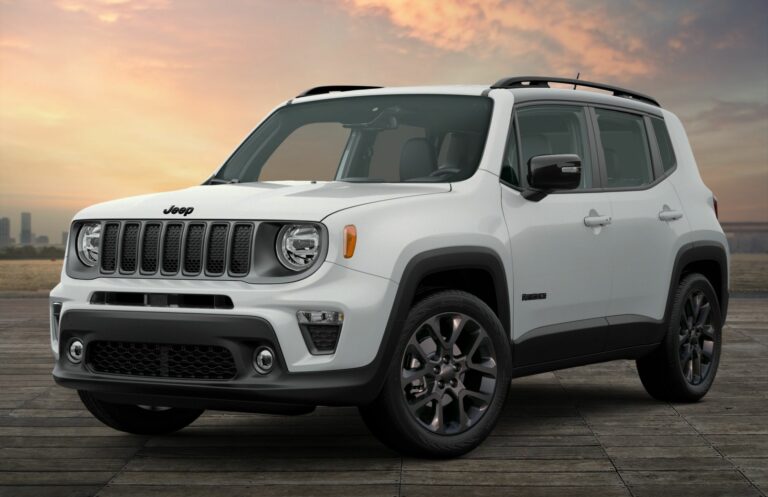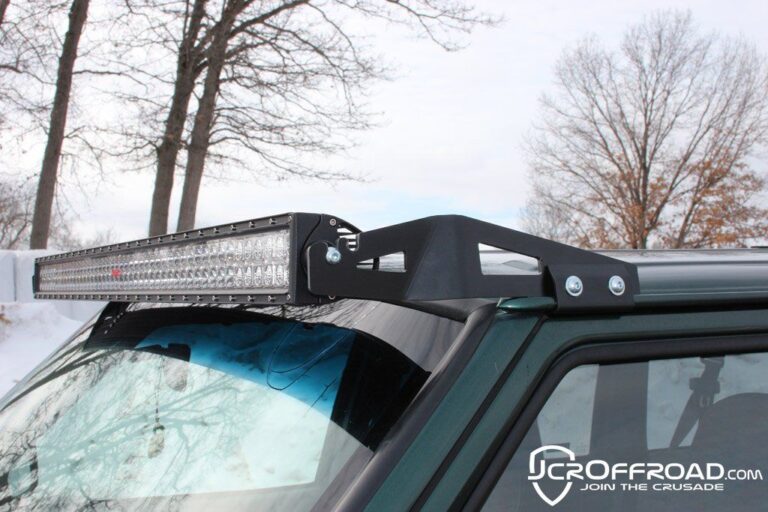Used Jeep Dana 44 Axles For Sale: Your Guide to a Legendary Upgrade
Used Jeep Dana 44 Axles For Sale: Your Guide to a Legendary Upgrade jeeps.truckstrend.com
The world of off-roading and Jeep modification is often defined by the strength and reliability of its core components. Among these, the Dana 44 axle stands as a legendary icon, revered by enthusiasts for its robust construction and superior performance compared to its smaller siblings like the Dana 30. For many Jeep owners looking to push the limits of their vehicle, upgrade to larger tires, or simply enhance durability, a Dana 44 axle swap is a non-negotiable step.
While new aftermarket Dana 44 axles offer unparalleled strength and customization, their price tag can often be prohibitive for budget-conscious builders. This is where the market for Used Jeep Dana 44 Axles For Sale becomes incredibly relevant. Acquiring a pre-owned Dana 44 allows enthusiasts to tap into the axle’s legendary capabilities without breaking the bank, providing a solid foundation for a capable and reliable off-road machine. This comprehensive guide will delve into everything you need to know about sourcing, inspecting, and utilizing used Dana 44 axles for your Jeep build.
Used Jeep Dana 44 Axles For Sale: Your Guide to a Legendary Upgrade
Understanding the Dana 44 Axle: A Legacy of Strength
The Dana 44 is a medium-duty axle manufactured by Dana Incorporated, known for its widespread use in a variety of vehicles, particularly Jeeps. It has earned its reputation for strength and durability through decades of reliable service in demanding applications.
Key Features and Why It’s Preferred:
- Larger Ring Gear: Compared to the Dana 30, the Dana 44 boasts a larger ring gear (typically 8.5 inches vs. 7.25 inches), allowing for greater torque handling and reduced stress on gear teeth.
- Stronger Axle Shafts: While stock axle shafts can still be a weak point under extreme conditions, the Dana 44’s shafts are generally thicker and stronger than those found in a Dana 30.
- Robust Housing: The axle housing itself is more substantial, providing a stiffer and more resilient structure.
- Superior Bearing Support: Often featuring larger bearings, the Dana 44 handles increased loads more effectively.
- Aftermarket Support: An extensive array of aftermarket parts, including lockers, gearing, and chromoly shafts, makes upgrading a Dana 44 straightforward and highly customizable.

Common Jeep Applications:
Many Jeep models came equipped with Dana 44 axles, either front or rear, or both in specific trim levels:
- Jeep Wrangler JK/JKU Rubicon (2007-2018): Both front and rear Dana 44s, often with electric lockers and 5×5 bolt pattern. These are highly sought after.
- Jeep Wrangler TJ/LJ Rubicon (2003-2006): Rear Dana 44 with air locker (Dana 30 front). 5×4.5 bolt pattern.
- Jeep Cherokee XJ (some models, especially with tow package): Rarer rear Dana 44s.
- Jeep Grand Cherokee ZJ/WJ (some models): Rear Dana 44s, typically with aluminum housing (WJ) or iron (ZJ).
- Older Jeeps (CJ, YJ): Some came with Dana 44s, especially in the rear, often with drum brakes and 5×5.5 bolt patterns.
Understanding the specific donor vehicle is crucial, as Dana 44s vary significantly in width, bolt pattern, and mounting points across different Jeep generations.
Why Go Used? The Benefits of Pre-Owned Dana 44s
Opting for a used Dana 44 axle offers compelling advantages, especially for those working within a budget or building a custom rig.
- Significant Cost Savings: This is the primary driver. A used Dana 44 can be a fraction of the cost of a new aftermarket equivalent, freeing up funds for other critical components like lockers, gearing, or suspension upgrades.
- Availability: The sheer volume of Jeeps produced means there’s a relatively steady supply of used Dana 44 axles on the market, particularly from popular models like the JK Rubicon.
- Perfect for Budget Builds: For hobbyists and DIY enthusiasts, a used axle provides an excellent platform. You can buy a solid used housing and then selectively upgrade internals (shafts, gears, locker) as your budget allows, spreading out the cost.
- Reusability and Sustainability: Giving a used axle a new life is an environmentally friendly choice, reducing waste and the demand for new manufacturing.
- Learning Opportunity: Rebuilding or swapping a used axle offers a fantastic hands-on learning experience, deepening your understanding of your vehicle’s mechanics.
Identifying and Sourcing Your Used Dana 44 Axle: A Buyer’s Guide
Finding the right used Dana 44 requires diligence and knowledge.
Where to Look:
- Salvage Yards/Junkyards: Often the cheapest source, but quality can vary widely, and axles may still be in the donor vehicle.
- Online Marketplaces: Craigslist, Facebook Marketplace, and dedicated Jeep buy/sell groups are goldmines. Be wary of scams and always verify sellers.
- Specialized Jeep Parts Dealers/Recyclers: Businesses that specifically part out Jeeps often have cleaned, inspected, and sometimes even warrantied axles. Prices might be higher, but reliability is generally better.
- Off-Road Forums and Swap Meets: Enthusiast communities are excellent places to find parts and get advice.
- eBay: Offers a wide selection, but shipping costs can be substantial for large items like axles.
Key Identification Points:
- Differential Cover: Dana 44 covers typically have a distinctive oval or nearly round shape with 10 bolts. Be aware that some Dana 30s can be mistaken for a D44 at a quick glance, so always count the bolts and look for casting marks.
- Casting Numbers/Tags: Look for "44" cast into the housing or on a metal tag attached to the differential cover bolts.
- Axle Tube Diameter: Dana 44 axle tubes are generally larger in diameter than Dana 30s.
- OEM Application: Knowing which Jeeps came with Dana 44s (as listed above) helps narrow your search and identify potential donor vehicles.
- Bolt Pattern: Crucial for wheel compatibility. Common Jeep bolt patterns are 5×4.5 (TJ, XJ, ZJ), 5×5 (JK), and 5×5.5 (CJ, older trucks).
What to Ask the Seller:
- Donor Vehicle Information: Year, make, model, and trim level (e.g., "2012 JK Rubicon Unlimited rear axle").
- Mileage: If known, it gives an indication of wear.
- Gearing: What gear ratio is currently installed (e.g., 4.10, 3.73)? Was it re-geared?
- Locker Status: Is it an open differential, limited-slip, or a factory/aftermarket locker?
- Condition: Any known issues, leaks, noises, or damage?
- Included Components: Does it come with shafts, brakes, steering components (for front axles), or just the bare housing?
- Photos/Videos: Request detailed pictures from multiple angles, especially of critical areas like knuckles, welds, and the differential cover.
Inspecting a Used Dana 44: What to Look For Before Buying
A thorough inspection is paramount to avoid buying a "lemon."
Visual Inspection (External):
- Bent Tubes: Lay a straight edge along the top and bottom of the axle tubes. Any visible gap or curve indicates a bent tube, which is a major red flag and difficult to repair.
- Cracks: Carefully inspect the differential housing, axle tubes, spring perches, shock mounts, and especially the knuckles (for front axles) for any cracks, particularly around welds. Hairline cracks can quickly become major failures.
- Rust: Surface rust is common and generally fine. Deep pitting, especially around mounting points or seals, can indicate a structural weakness or a difficult rebuild.
- Damage: Check for impact damage to the differential cover, housing, or brake components.
- Welds: Look for clean, strong welds. Poor quality welds or signs of repair can indicate previous damage or poor workmanship.
Mechanical Inspection (If Possible):
- Pinion Play and Leaks: Try to spin the input flange (where the driveshaft connects). There should be minimal rotational play. Excessive play or any side-to-side movement indicates worn pinion bearings. Check for fluid leaks around the pinion seal.
- Axle Seal Leaks: Look for oil residue where the axle shafts exit the axle tubes. Leaking axle seals are common but indicate a need for replacement.
- Ball Joints (Front Axle): If the front axle is still assembled, check for play in the ball joints. This can be done by jacking up the axle and wiggling the tire at the 12 and 6 o’clock positions.
- Brake Components: Inspect rotors, calipers, and pads for excessive wear or damage. Drums for rear axles should be checked for scoring.
- Splines: If axle shafts are removed, check the splines for twisting or wear.
- Gearing Verification: If you have access, rotate the input yoke and count rotations of the axle shaft to estimate the gear ratio. For example, roughly 4 rotations of the yoke for 1 rotation of the axle shaft indicates a 4:10 ratio. Always confirm with the seller’s claim or look for gear markings if possible.
Common Dana 44 Variants and Their Considerations for Swaps
Not all Dana 44s are created equal. Understanding the differences is vital for a successful swap.
- Jeep JK Rubicon Dana 44s (Front & Rear):
- Pros: Arguably the strongest stock Dana 44s, often featuring larger axle shafts (30-spline front, 32-spline rear), factory electric lockers, and disc brakes. They are full-width axles, excellent for stability.
- Cons: Wider than older Jeep axles (e.g., TJ, YJ), requiring careful planning for fender clearance. Their 5×5 bolt pattern means new wheels or adapters for older Jeeps. They are also among the most expensive used Dana 44s. Mounting points are specific to the JK.
- Jeep TJ Rubicon Dana 44 (Rear Only):
- Pros: Direct bolt-in for TJ/LJ Wranglers. Comes with a factory air locker (Dana 44 front was not factory in TJ Rubicons). Features disc brakes and the common 5×4.5 bolt pattern.
- Cons: Only available as a rear axle. Axle shafts are 30-spline, which can be upgraded. Air locker requires an air compressor.
- Jeep Cherokee XJ / Grand Cherokee ZJ/WJ Rear Dana 44s:
- Pros: Can be found with 5×4.5 (XJ/ZJ) or 5×5 (WJ) bolt patterns. Often more affordable due to their age and rarity.
- Cons: XJ/ZJ versions often have drum brakes. WJ Dana 44s have an aluminum differential housing, which is lighter but less robust than iron for extreme rock crawling. Rarer to find.
- Older Jeep (CJ/YJ) Dana 44s:
- Pros: Suitable for older builds, often narrower.
- Cons: Typically have drum brakes, 5×5.5 bolt pattern, and potentially weaker components requiring more upgrades.
- Non-Jeep Dana 44s: Axles from Ford (e.g., Bronco, F-150), Dodge, or Chevy trucks can be adapted, but this typically involves significant fabrication, including cutting off and re-welding all mounting brackets (spring perches, shock mounts, control arm mounts). While often cheaper, the labor and additional parts can quickly negate the savings. Stick to Jeep variants for easier swaps unless you have advanced fabrication skills.
Critical Dimensions: Always verify width (WMS-to-WMS – Wheel Mounting Surface), bolt pattern, and type of mounting (leaf spring, coil spring, 3-link, 4-link) before purchasing.
Installation and Upgrades: Beyond the Purchase
Acquiring a used Dana 44 is just the beginning. Most used axles will benefit from, if not require, some attention before installation.
-
Pre-Installation Checks & Maintenance:
- Cleanliness: Thoroughly clean the axle housing.
- New Seals and Bearings: Replace axle seals, pinion seal, and wheel bearings as a preventative measure. It’s cheap insurance.
- Fluid: Drain old fluid and refill with fresh gear oil. Consider a differential cover with a drain plug.
- Brakes: Inspect and replace worn brake components (pads, rotors, calipers, shoes, wheel cylinders).
-
Key Upgrades:
- Gearing: Re-gearing is almost always necessary to match your tire size and engine power, optimizing performance and fuel economy.
- Lockers: Install an automatic or selectable locker for improved traction off-road. If it came with a factory locker, ensure it functions.
- Axle Shafts: Upgrade to chromoly or higher-strength alloy shafts for increased durability, especially if running larger tires or aggressive trails.
- Brakes: Consider upgrading to larger brake kits or converting from drum to disc brakes if your used axle came with drums.
- Differential Cover: An aftermarket diff cover provides added protection and often a thicker flange for better sealing.
- Mounting Points: Unless you’re swapping into the exact donor vehicle, you’ll likely need to cut off old mounting brackets and weld on new ones (spring perches, coil buckets, shock mounts, control arm brackets) to match your Jeep’s suspension geometry. This is where professional help is often invaluable.
Professional Help: Unless you have extensive welding and automotive experience, consider hiring a reputable off-road shop for major fabrication work, re-gearing, and locker installation. Proper gear setup and welding are critical for safety and performance.
Challenges and Solutions
- Challenge: Finding the "Right" Axle: The exact axle you need might not be readily available in your area.
- Solution: Be patient, expand your search radius, and consider reputable online sellers willing to ship (factor in freight costs).
- Challenge: Unknown Condition: Used axles often come with unknown histories.
- Solution: Conduct a meticulous inspection as detailed above. Assume you’ll need to replace seals, bearings, and possibly shafts or ball joints. Factor a "rebuild budget" into your overall cost.
- Challenge: Compatibility Issues: Width, bolt pattern, and mounting points can be tricky.
- Solution: Research, research, research! Measure your current axle and the potential donor axle. Consult online forums and expert advice. Don’t guess.
- Challenge: High Shipping Costs: Axles are heavy and bulky.
- Solution: Prioritize local pickup. If shipping, get detailed quotes from freight companies. Sometimes, the cost of shipping makes a distant "deal" less attractive.
- Challenge: Hidden Damage: Despite thorough inspection, issues can arise post-purchase.
- Solution: A contingency fund is crucial. Budget an extra 10-20% for unexpected repairs or necessary upgrades.
Used Jeep Dana 44 Axles For Sale: Estimated Price Table
Prices for used Dana 44 axles vary significantly based on condition, location, specific donor vehicle, included components (gears, lockers, shafts, brakes), and market demand. The table below provides general ranges for complete axles (housing, shafts, differential, brakes) in good, usable condition, assuming they need typical service (seals, bearings).
| Axle Type (Jeep Donor Model) | Typical Price Range (USD) | Key Factors Influencing Price | Notes & Considerations |
|---|---|---|---|
| Rear Dana 44 Axles | |||
| TJ Rubicon D44 (Rear) | $800 – $1,800 | Condition, Gearing, Locker (factory air locker), Location, Completeness | Direct bolt-in for TJ/LJ. Requires air compressor. |
| JK Rubicon D44 (Rear) | $1,500 – $3,000+ | Condition, Gearing, Locker (factory e-locker), Location, Completeness | Wider than older Jeeps. Factory e-locker. 5×5 bolt pattern. |
| XJ/ZJ/WJ D44 (Rear) | $300 – $800 | Condition, Gearing, LSD (if present), Location, Completeness | Rarer. XJ/ZJ often drum brakes, WJ aluminum housing. |
| CJ/YJ D44 (Rear) | $200 – $700 | Condition, Gearing, Location, Completeness | Older. Typically drum brakes. 5×5.5 bolt pattern. |
| Front Dana 44 Axles | |||
| JK Rubicon D44 (Front) | $2,000 – $4,000+ | Condition, Gearing, Locker (factory e-locker), Location, Completeness, Steering components | Highly sought after. Wider. Factory e-locker. 5×5 bolt pattern. |
| Older Truck/Non-Jeep D44 (Front) | $500 – $1,500 | Condition, Gearing, Kingpin/Ball Joint, Location, Completeness | Requires significant fabrication for Jeep swaps. |
| General Considerations | |||
| Bare Housing Only | $100 – $500 | Damage, Cleanliness, Donor Type | Requires all internals, shafts, brakes, etc. Best for custom builds. |
| Rebuilt/Professionally Prepared | Add $500 – $1,500 to base price | Quality of rebuild, new components, warranty | Less work for the buyer, higher upfront cost. |
Note: These are estimated ranges. Actual prices can vary significantly. Always negotiate and factor in shipping costs if applicable.
Frequently Asked Questions (FAQ)
Q: Is a used Dana 44 a direct swap for my Jeep?
A: Rarely a "direct bolt-in" unless you’re replacing an identical axle from the same year/model (e.g., a TJ Rubicon rear D44 into another TJ Rubicon). Most swaps require cutting off original mounting brackets and welding on new ones to match your Jeep’s suspension and geometry. Width and bolt pattern are also key considerations.
Q: How do I know if I already have a Dana 44?
A: Look for "44" cast into the differential housing. You can also identify it by the distinctive 10-bolt differential cover, which is typically oval or slightly kidney-bean shaped. Count the bolts on your diff cover.
Q: What’s the main difference between a Dana 30 and a Dana 44?
A: The Dana 44 is significantly stronger. It has a larger ring gear (8.5" vs. 7.25"), stronger axle shafts, and a more robust housing, making it much better suited for larger tires and aggressive off-road use.
Q: Do all Dana 44s have lockers?
A: No. Many Dana 44s come with open differentials or limited-slip differentials (LSDs). Only specific trim levels, like the Jeep JK/TJ Rubicons, came with factory selectable lockers.
Q: What’s the ideal gear ratio for my tires after a Dana 44 swap?
A: The ideal gear ratio depends on your tire size, engine, transmission, and intended use. Common ratios for 35-37 inch tires are 4.88, 5.13, or 5.38. Consult online gearing charts or an expert to determine the best ratio for your setup.
Q: Can I put a front Dana 44 from a JK into a TJ?
A: Yes, but it’s a complex swap. The JK Dana 44 is considerably wider than the TJ axle and has a different bolt pattern (5×5 vs. 5×4.5). It will require extensive fabrication to modify mounting points, potentially new wheels, and likely wider fenders or flares to avoid tire rub.
Q: What’s better: a used Dana 44 or a new aftermarket axle?
A: A new aftermarket axle (like a Dynatrac, Currie, or SpynTec) will be stronger, come with a warranty, and be purpose-built for your application. However, it’s significantly more expensive. A used Dana 44 is an excellent budget-friendly option that, with proper setup and upgrades, can handle most off-road abuse short of extreme competition.
Q: What should I budget for a full rebuild of a used Dana 44?
A: Beyond the axle purchase price, budget for new seals, bearings, and fluid (typically $100-$300). If you’re re-gearing, add $300-$600 for a gear set and master install kit, plus $300-$500 for professional labor. A locker will add another $400-$1000+. Chromoly shafts are $400-$800 per pair. Factor in additional costs for brakes, control arm mounts, or spring perches. It’s wise to budget an additional $1000-$2000+ for parts and labor beyond the initial axle cost for a comprehensive rebuild and swap.
Conclusion
The pursuit of a more capable and durable off-road vehicle often leads Jeep owners to the venerable Dana 44 axle. While new aftermarket options offer top-tier performance, the market for Used Jeep Dana 44 Axles For Sale presents a highly attractive and cost-effective alternative. By understanding the different variants, meticulously inspecting potential purchases, and planning for necessary rebuilds and upgrades, you can transform a pre-owned axle into the backbone of a formidable off-road machine.
The journey of sourcing, inspecting, and installing a used Dana 44 is an educational and rewarding one. It not only saves you money but also deepens your understanding of your vehicle. With careful research and a bit of elbow grease, a used Dana 44 can unlock a new level of strength and confidence for your Jeep, allowing you to tackle more challenging trails and push your off-roading adventures further than ever before.


